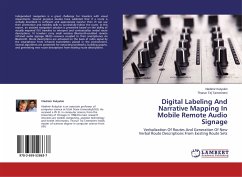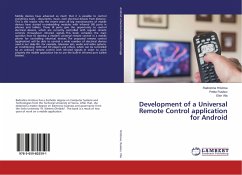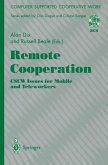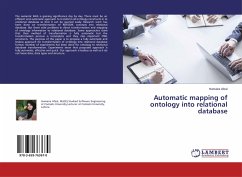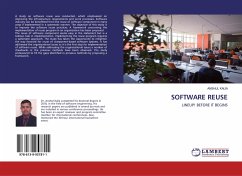Independent navigation is a great challenge for travelers with visual impairments. Several previous studies have validated that if a route is verbally described in sufficient and appropriate manner then VI can use their orientation and mobility skills to successfully follow the route. In this report, an assisted navigation solution is presented based on the ability of visually impaired (VI) travelers to interpret and contextualize verbal route descriptions. VI travelers carry small wireless Bluetooth-enabled remote infrared audio signage (RIAS) receivers coupled to their smartphones via Bluetooth. Route descriptions are activated on the basis of radio signal by the smartphone from infrared transmitters placed in the environment. Several algorithms are presented for extracting landmarks, building graphs, and generating new route descriptions from existing route descriptions.
Bitte wählen Sie Ihr Anliegen aus.
Rechnungen
Retourenschein anfordern
Bestellstatus
Storno

